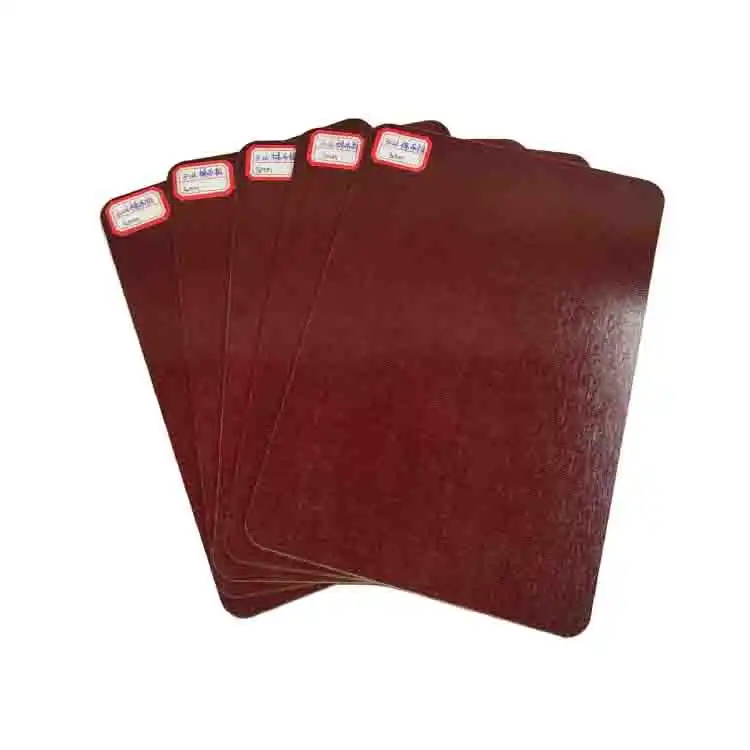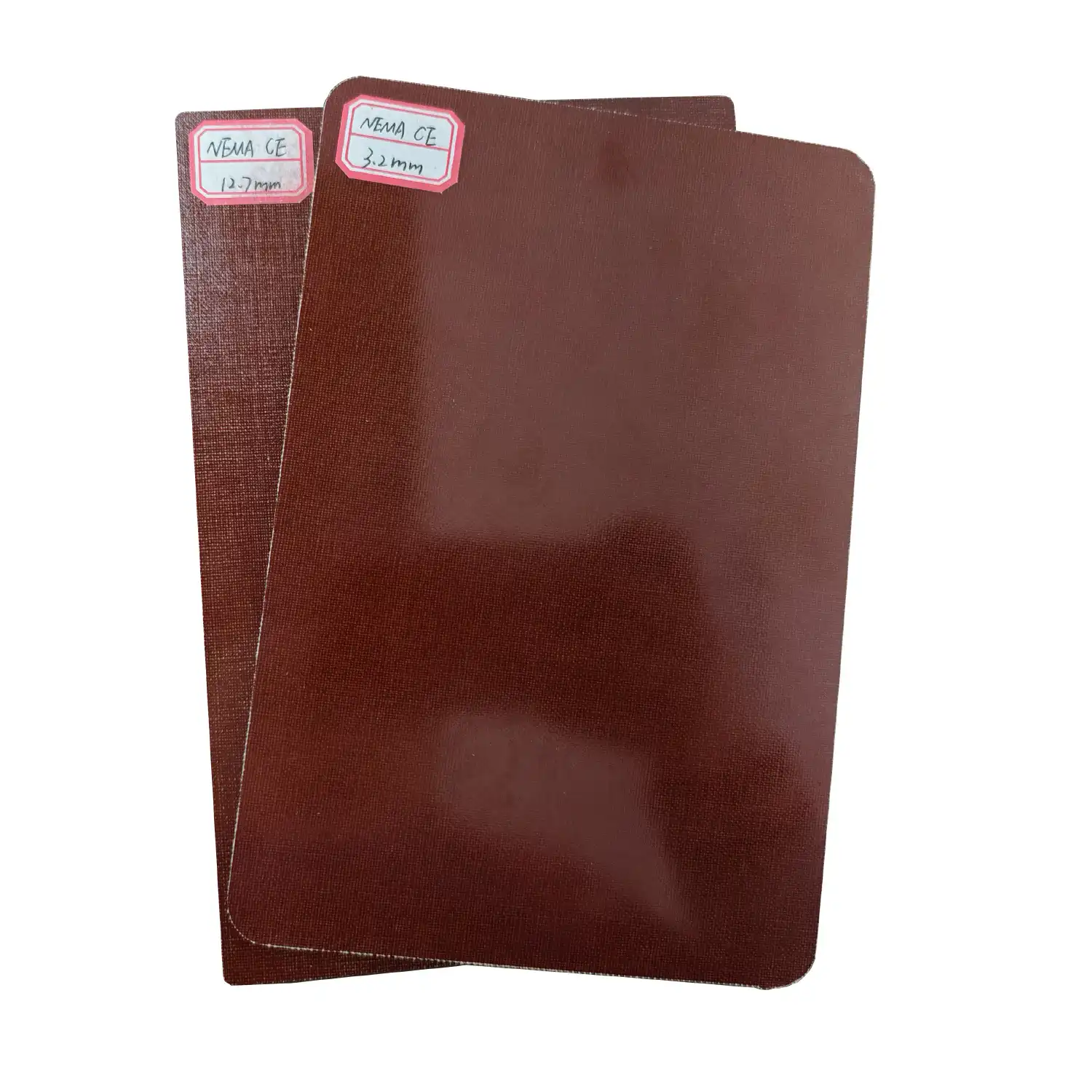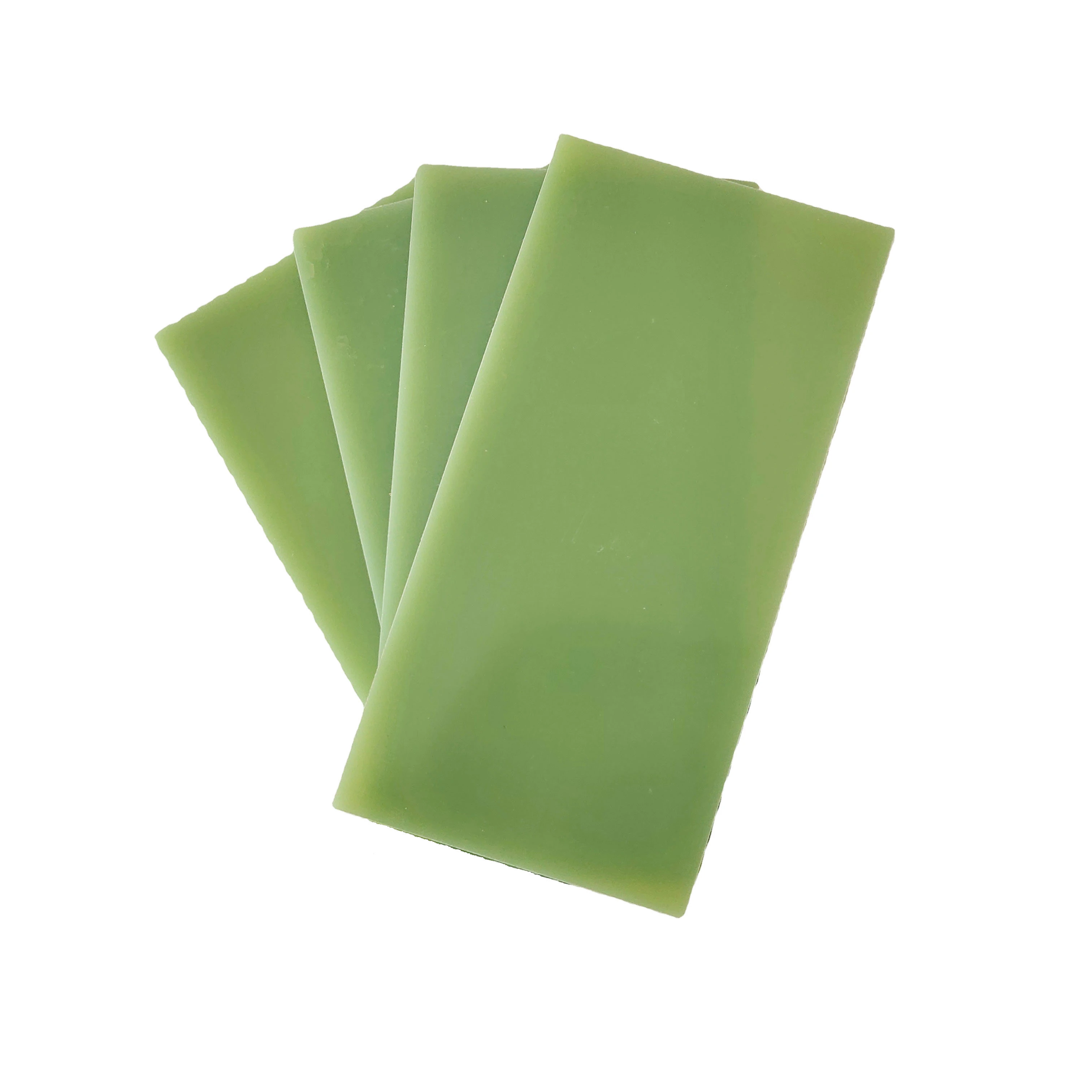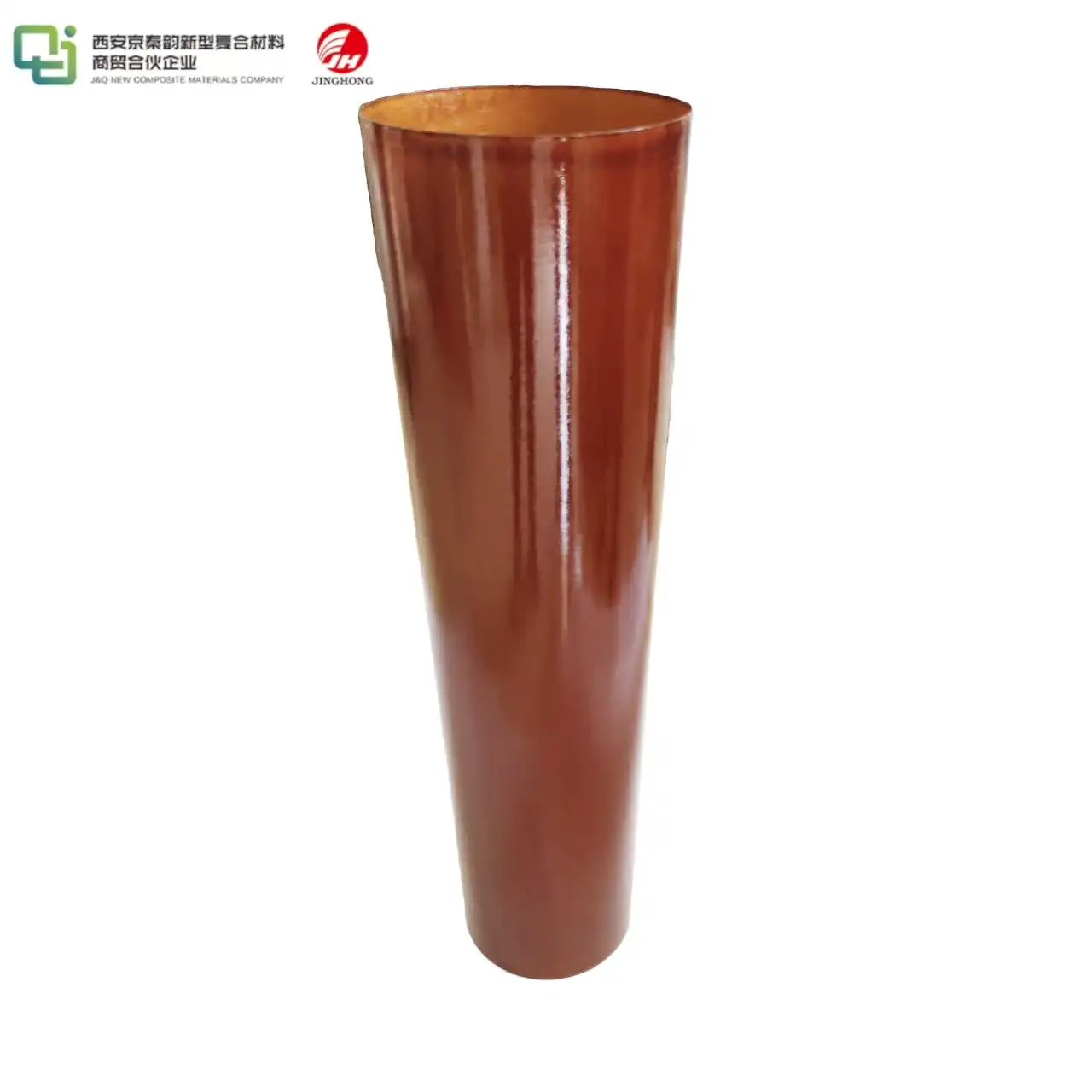Are 3240 Epoxy Sheets Flame Retardant?
2024-07-08 16:56:01
Introduction
The exceptional mechanical and electrical properties of 3240 epoxy sheet make them a popular choice for a variety of industrial applications. However, the flame retardant properties of these materials are an essential consideration when using them. In settings where fire hazards are a concern, this property is essential for ensuring safety and compliance with industry standards. In this blog, we will dive into whether 3240 epoxy sheets are fire resistant, analyzing their creation, execution enduring an onslaught conditions, and modern applications.
What Makes 3240 Epoxy Sheets Flame Retardant?
1.Composition and Additives
The composition of the 3240 epoxy sheets and the presence of particular additives are primarily responsible for the sheets' flame retardant properties. These sheets are produced using a blend of epoxy tar and woven glass texture. To increase its resistance to ignition and combustion, the epoxy resin that is utilized in 3240 sheets can be enhanced with flame retardant additives.
- Resin of Epoxy: The base epoxy sap in 3240 sheets is a thermosetting polymer known for its high strength and electrical protection properties. Manufacturers frequently incorporate additives like brominated compounds, phosphorus-based compounds, or metal hydroxides into the resin to make it flame-resistant.
- Woven Glass Texture: The glass texture gives underlying support as well as adds to the fire resistant qualities. Because they are inherently non-flammable, glass fibers can aid in containing and preventing the spread of fire.
2.Mechanisms for Fighting Flames
The mechanisms for fighting flames in 3240 epoxy sheet work in a number of different ways:
- Chemical Blockade: Fire resistant added substances in the epoxy sap discharge free extremists that disrupt the ignition cycle, hindering the synthetic responses that support the fire.
- The development of a shielding char layer: When presented to high temperatures, the epoxy gum can frame a scorch layer on a superficial level. This burn goes about as a hindrance, safeguarding the basic material from additional warm corruption and decreasing the arrival of combustible gases.
- Heat Retention: Metal hydroxides, for example, are one type of flame retardant additive that decompose endothermally, absorbing heat from the combustion zone and lowering the temperature below the ignition point.
3.Standards and Testing
Commonly, standardized testing methods are used to evaluate flame retardancy. Typical tests include:
- UL 94: Materials are categorized using the Underwriters Laboratories (UL) 94 test based on how they burn. It frequently accomplish a V-0 rating, showing that they go out in something like 10 seconds and don't trickle flaring particles.
- ASTM E84: The materials' smoke development index and flame spread are measured using the ASTM E84 test. It normally display low fire spread and smoke creation, making them appropriate for use in conditions with severe fire wellbeing prerequisites.
The fire resistant properties of 3240 epoxy sheets are a consequence of their painstakingly designed creation and the fuse of explicit added substances. These components and norms guarantee that it give solid execution in applications where imperviousness to fire is basic.
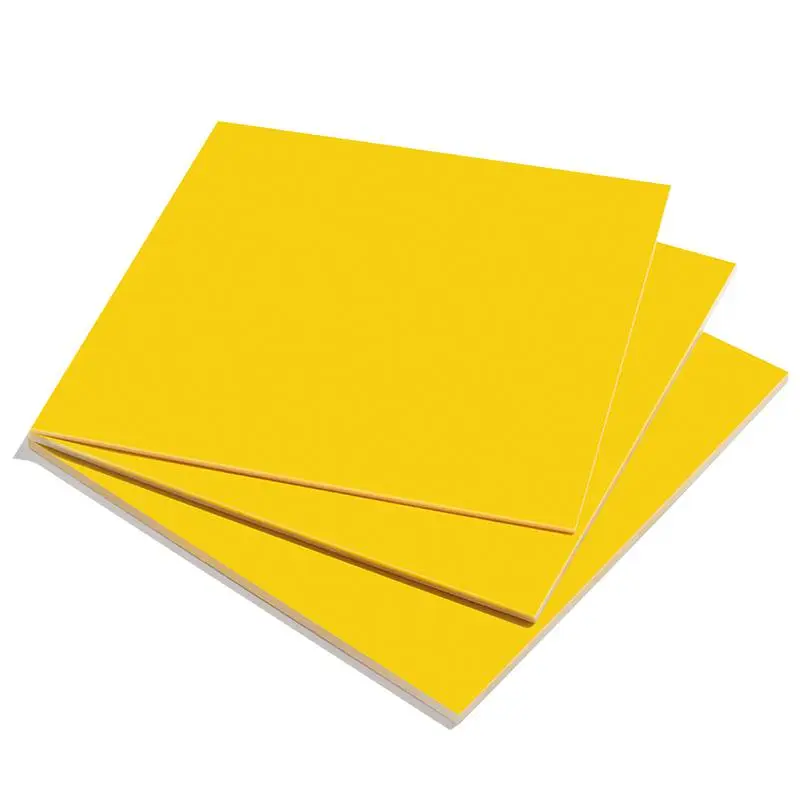
How Do 3240 Epoxy Sheets Perform in Fire Conditions?
1.Start Opposition
One of the essential worries in regards to materials utilized in high-risk conditions is their protection from start. Epoxy sheet is intended to oppose start using fire resistant added substances and the innate non-combustibility of the woven glass texture. This resistance is very important for preventing fires from starting, especially in places where there are a lot of electrical sparks or high temperatures.
2.Ignition Conduct
At the point when 3240 epoxy sheets are presented to fire, their way of behaving is impacted by the fire resistant added substances and the development of a defensive singe layer. There are a number of uses for the char layer:
- Warm Obstruction: The char layer slows down the combustion process by acting as an insulating barrier and shielding the underlying material from heat.
- Decrease of Combustible Gas Discharge: The material reduces the emission of flammable gases that could further fuel the fire by forming a stable char.
- Integrity of the Structure: The sheets' structural integrity is protected from collapse and failure in the event of a fire thanks to the char layer's presence.
3.Smoke and Toxicity
The production of toxic gases and smoke is another crucial aspect of fire performance. The 3240 epoxy sheets are designed to produce as little smoke and toxic byproducts as possible. This is accomplished through the cautious choice of fire resistant added substances and the utilization of woven glass texture. During a fire, reducing smoke and toxicity is important for preserving visibility and air quality, facilitating safe evacuation and firefighting efforts.
4.Heat Delivery Rate
The intensity discharge rate (HRR) is a proportion of how much intensity is transmitted by a material during ignition. Because they are less likely to contribute to a fire's spread and intensity, materials with a low HRR are preferred. Due to their flame retardant additives and the formation of a protective char layer, it typically have a low HRR. This makes them appropriate for use in conditions where controlling the spread of fire is fundamental.
5.Contextual investigations and Useful Applications
3240 epoxy sheets are profoundly esteemed across various businesses for their remarkable fire execution. They provide structural support and electrical insulation in electrical enclosures, and their flame retardant properties prevent ignition during electrical faults, limiting fire spread significantly. In the aviation area, these sheets are vital to inside framing, giving strong mechanical strength close by imperviousness to fire, with added advantages of negligible smoke and harmfulness in case of locally available flames. In a similar manner, the flame retardant properties of wall panels and ceiling tiles in public buildings uphold stringent fire safety standards, ensuring that structures adhere to regulations and maintain a safe environment for occupants. Generally, it reliably exhibit predominant imperviousness to fire, from start counteraction to the development of defensive scorch layers, laying out them as a trustworthy decision across different applications where wellbeing and consistence are central.
What Are the Industrial Applications of Flame Retardant 3240 Epoxy Sheets?
1.Electrical and Electronics Industry
Epoxy sheets made of 3240 serve as both electrical insulation and structural support for electrical equipment. Because of their flame retardant properties, electrical faults pose very little danger of ignition, effectively containing the spread of fire. This is especially important in electrical cabinets and switchgear with a lot of people inside, where quick fire control is necessary to protect equipment and people.
The aeronautic trade requests materials equipped for enduring outrageous circumstances, including high temperatures and fire openness. it track down wide application in assembling inside boards and parts for airplane, offering vigorous mechanical strength and imperviousness to fire. In the event of an onboard fire, maintaining safety requires their low smoke and toxicity levels.
In a similar vein, construction materials and furnishings in public buildings must adhere to stringent fire safety standards. The use of epoxy sheet in applications like partitions, ceiling tiles, and wall panels helps to comply with fire safety regulations and ensures a safe environment for occupants.
In conclusion, the performance of 3240 epoxy sheets in a fire is exceptional, preventing ignition and forming protective char layers. They are a versatile choice in a variety of industries due to their reliable flame retardant properties, low smoke, and low toxicity, which ensure safety and compliance with industry standards.
2.Construction Industry
In the development business, fire resistant 3240 epoxy sheets are used in the assembling of building boards, allotments, fire entryways, and obstructions. These sheets are prized for their fire resistance, making them ideal for use in public buildings, commercial establishments, and residential constructions where fire safety is of the utmost importance. Flame retardant ceiling tiles and wall panels have specific applications that help to contain and prevent the spread of fires within a building while also providing structural support and fire resistance.
Moreover, 3240 epoxy sheets are fundamental to the development of fire entryways and hindrances, where their ability to endure high temperatures and hinder the spread of fire assumes a urgent part in guaranteeing the viable compartmentalization of flames. This, in turn, makes it easier to conduct safe evacuations and helps fight fires.
3.Automotive and Aerospace Industries
In the car and aviation businesses, the utilization of fire resistant materials is pivotal to guarantee traveler security, and it assume a fundamental part in fulfilling rigid fire wellbeing guidelines for inside parts. These sheets are used to make automotive panels, like dashboards and door panels, to keep passengers safe in the event of a fire and prevent fire from spreading. Similarly, It used to construct interior panels, seat frames, and other components in aircraft interiors, where lightweight yet flame retardant materials are essential. These sheets provide structural integrity as well as safety.
In addition, sensitive components in aerospace and automotive applications are protected by protective covers and shields made of 3240 epoxy sheets. In addition to providing mechanical protection, these covers also guarantee that the components are protected from fire hazards, enhancing overall resilience and safety.
4.Marine Industry
In the marine industry, structural components that are able to withstand harsh conditions like saltwater and fire require flame retardant 3240 epoxy sheet. These sheets are utilized in the formation of bulkheads and segments, which give both imperviousness to fire and underlying scaffolding in marine vessels, accordingly forestalling the spread of fire and guaranteeing the wellbeing of travelers and group. In addition, they are utilized in marine flooring and decking because they are flame retardant and durable, ensuring that vessels meet stringent fire safety requirements.
Besides, It is used in causing gear nooks that to shield delicate marine hardware from fire risks. These nooks are urgent for keeping up with the security and usefulness of basic frameworks on board marine vessels. Flame retardant 3240 epoxy sheets are used in a variety of industries, including the electrical, construction, automotive, aerospace, and marine sectors. In environments where fire hazards are a concern, their use in these crucial applications ensures safety, compliance with fire safety standards, and reliable performance.
References
1. DuPont. "Epoxy Resins Technical Data." DuPont. https://www.dupont.com/epoxy-resins.html
2. 3M. "Flame Retardant Materials." 3M. https://www.3m.com/flame-retardant-materials
3. Siemens. "Insulating Materials in Electrical Equipment." Siemens. https://www.siemens.com/insulating-materials
4. BASF. "Flame Retardant Epoxy Resins." BASF. https://www.basf.com/flame-retardant-epoxy
5. Chevron Phillips. "Materials for Fire Safety." Chevron Phillips. https://www.cpchem.com/fire-safety-materials
6. Dow Chemical. "Epoxy Resins for Industrial Applications." Dow Chemical. https://www.dow.com/epoxy-resins-industrial
7. ExxonMobil. "Advanced Materials for Automotive Safety." ExxonMobil. https://www.exxonmobil.com/automotive-safety
8. GE. "High-Performance Flame Retardant Epoxy Resins." GE. https://www.ge.com/high-performance-flame-retardant
9. Shell. "Materials for Marine Safety." Shell. https://www.shell.com/marine-safety
10. Solvay. "Flame Retardant Epoxy Systems." Solvay. https://www.solvay.com/flame-retardant-epoxy

